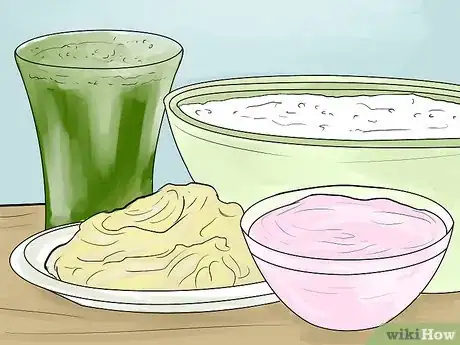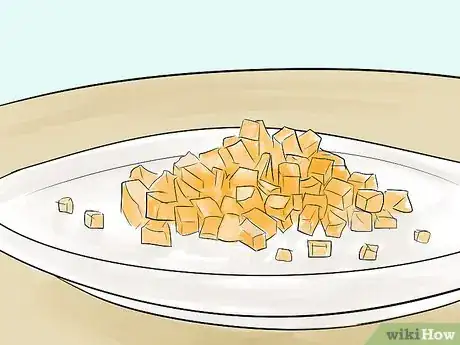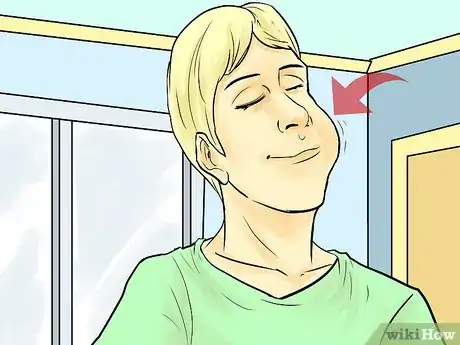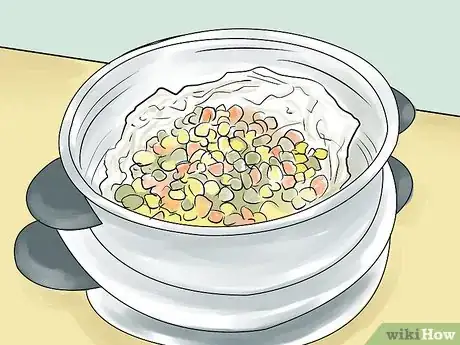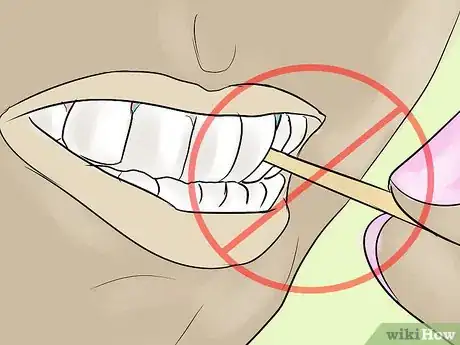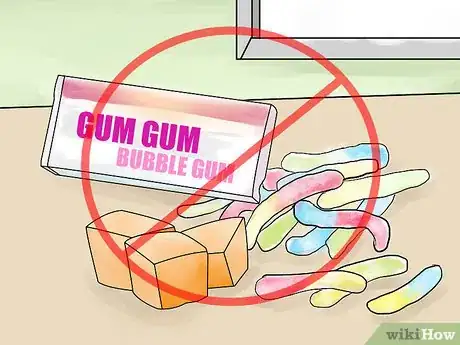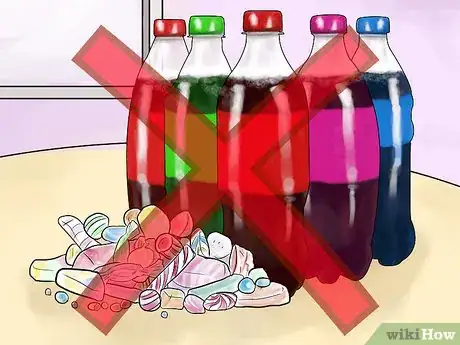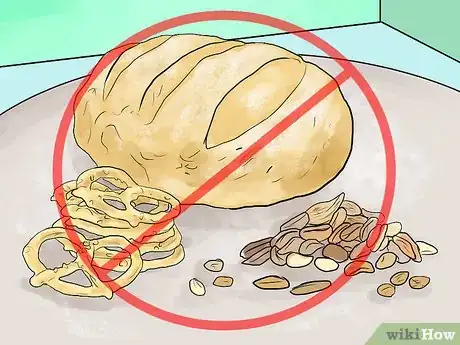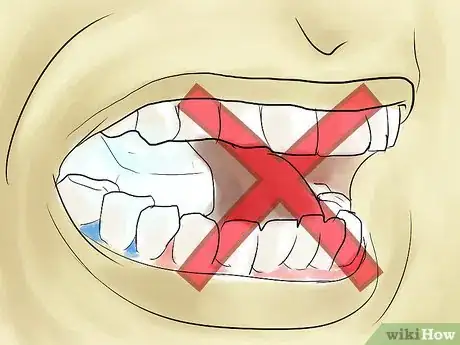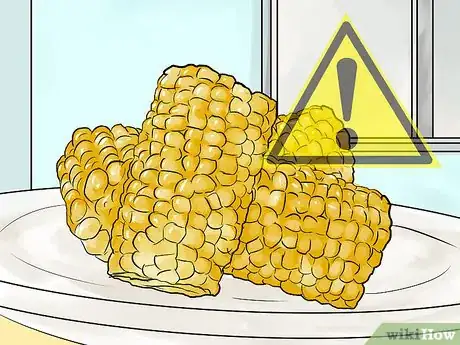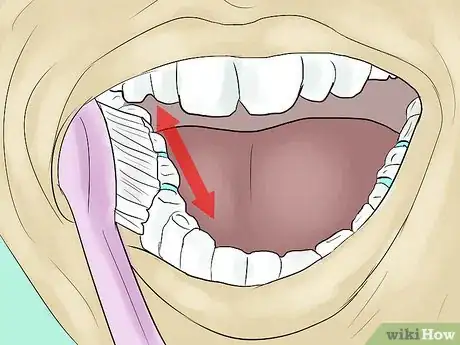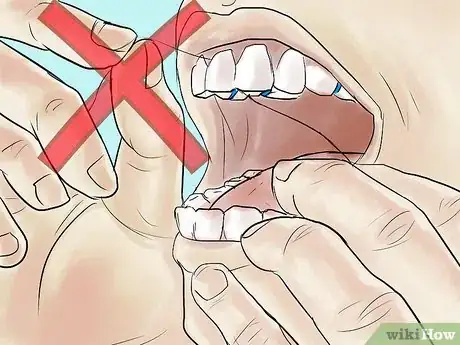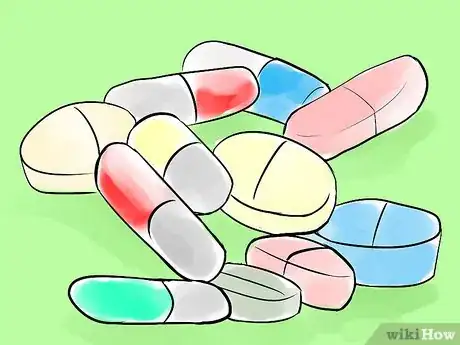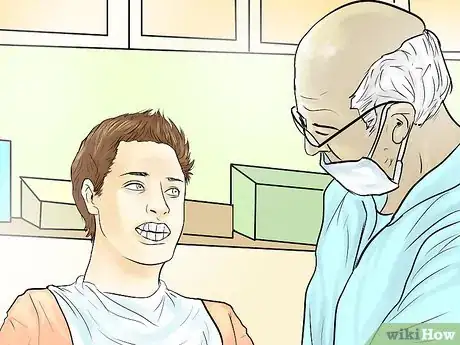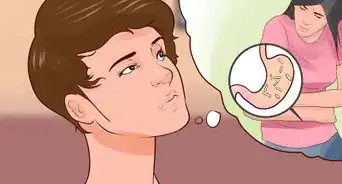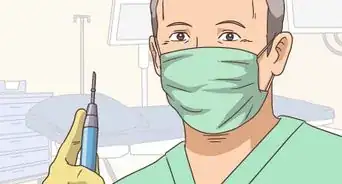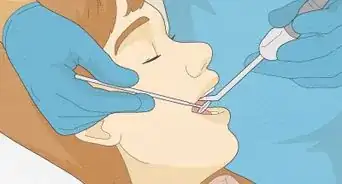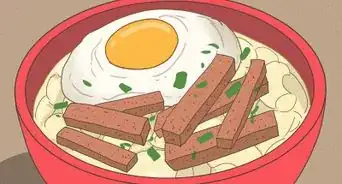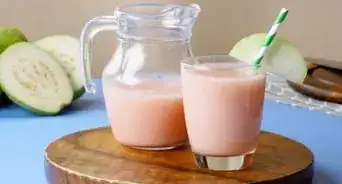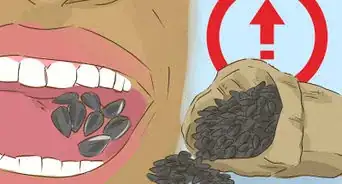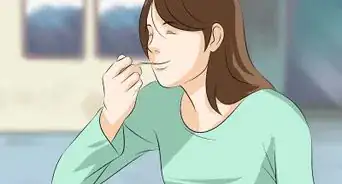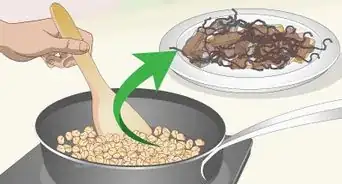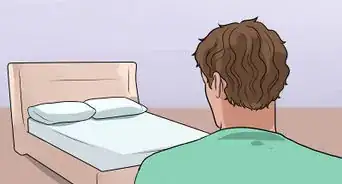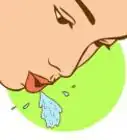This article was co-authored by Cara Piskai. Dr. Cara Piskai, DMD is an Orthodontist and the Owner of Piskai Orthodontics in Voorhees, New Jersey. She has over five years of experience in orthodontics and dentofacial orthopedics. She completed a Doctor of Dental Medicine degree at the University of Pennsylvania School of Dental Medicine. She completed her residency and earned a Specialty Certificate in Orthodontics and a Master's degree in Oral Sciences at the University of Illinois-Chicago. Dr. Piskai is board-certified by the American Board of Orthodontics and is a member of the American Association of Orthodontists (AAO). She holds a position on the U.S. News & World Report Medical Review Board.
wikiHow marks an article as reader-approved once it receives enough positive feedback. In this case, 100% of readers who voted found the article helpful, earning it our reader-approved status.
This article has been viewed 143,335 times.
Separators are metal or rubber devices placed between the teeth to make room for braces.[1] Separators can make your teeth feel sore, making eating difficult. You'll need to chew slowly and go for soft foods while getting used to the separators. You should also make a point of avoiding certain foods, like sticky foods, that could damage the separators. Separators can make eating a hassle, but in the longterm separators can improve your teeth and smile.
Steps
Working Around the Separators
-
1Go for soft foods at first. In order to manage the pain, it's recommended that you go for soft foods until your gums are less sore. This can also make it easier to chew slower and softer, preventing pain associated with biting too hard. Soft foods are easier to chew and less likely to get lodged between your teeth.
- Go for foods like mashed potatoes, yogurt, and hot cereal. Instead of eating raw fruits and veggies, try making a smoothie by mixing some of your favorite fruits and vegetables in a blender along with some juice.
- As time goes by, you may feel less discomfort and be able to eat harder foods. Soft foods can help in the first few days as you're getting used to the feeling of the separators.
-
2Cut food into small pieces. Before you begin eating, it can help to cut food into small bits. Chewing can feel awkward and painful when you're first starting out with separators. Preparing small, bite-sized food can lessen the work for your teeth.[2]
- Cut harder fruits and veggies, like apples and carrots, into tiny portions before eating. Do not try to bite into a whole apple on its own, or any other hard fruit.
- You should remove meat from the bone before eating. It will be difficult to eat something like ribs or chicken wings from the bone with separators. You should also cut up meat into small bits before eating to make it easier to chew.
Advertisement -
3Chew slowly. It can be hard to get used to eating with separators as they often cause discomfort. It's a good idea to chew gently. Biting down hard can increase discomfort and pain, especially early on. When eating with separators, take small bites and chew your food slowly and softly.
-
4Consider steaming or cooking hard vegetables. Vegetables are an essential part of a healthy diet, but can be difficult to eat when adjusting to separators. As soft foods are generally better to eat, it's a good idea to steam or cook hard vegetables before eating. Go for steamed broccoli or cooked carrots as a side dish over raw varieties.[3]
-
5Do not pick at your teeth after eating. After you eat, it can be tempting to pick at your teeth. At first, separators may feel awkward and can easily be mistaken for food caught between the teeth. Try to resist the urge to pick. Using your finger or a toothpick to pick at your teeth can cause a separator to fall out.[4]
- In order to help resist the temptation to pick, try to avoid foods, like popcorn and raspberries, that often get caught in your teeth. Stay away from these kinds of snacks until you're used to your separators.
Avoiding Certain Foods
-
1Do not eat anything sticky. Sticky foods should be completely avoided when you have separators. Sticky food can glob onto separators and pull them out. Things like gummy candy, toffee, caramel, gum, and anything else with a sticky texture should be avoided until you're no longer using separators.[5]
-
2Minimize your sugar intake. Sugary foods and beverages, like candy and soft drinks, are generally bad for teeth. Since you can't floss while wearing separators, these types of food are even more hazardous, and may cause more decay in your teeth.[6] It's a good idea to minimize sugar intake until you separators or braces are removed.
- If you do have a treat with sugar in it, brush your teeth and rinse with water and mouthwash afterwards. If some of the spaces in your teeth do not have separators, you should floss those as you normally would.
-
3Stay away from hard foods. Hard foods are particularly difficult to eat when separators are in place. Pretzels, tortillas, hard candies, nuts, crusted bread, and other harder foods should be avoided until you're used to your separators.
-
4Do not chew ice. Many people habitually chew ice from a beverage. You should avoid this habit when you have separators in. Ice can dislodge separators, and may also increase pain.
-
5Take precautions with corn on the cob. Corn on the cob is a favorite side dish for many, but you should be careful when eating with separators. Chewing corn straight off the cob can easily dislodge your separators, and the hard biting motions can cause discomfort. If corn on the cob is being served, carefully cut the kernels off the cob with your knife before eating.[7]
Practicing Basic Care After Eating
-
1Brush your teeth back and forth. Separators are usually not in for long. You will usually have your separators removed at your next orthodontist appointment, when your braces will be put in place. Up until this time, you should brush your teeth back and forth after eating. Brushing your teeth up and down can easily dislodge separators.[8]
-
2Take precautions with flossing. Separators should not come undone during routine brushing. However, flossing can very easily dislodge a separator. After you eat, avoid flossing in the gaps between your teeth filled by a separator.
-
3Use over-the-counter painkillers to manage soreness. You may feel some soreness after eating when using separators. You can manage pain with over-the-counter painkillers like ibuprofen, acetaminophen, and naproxen. Take the recommended dose on the bottle. This should take care of some of the pain.
-
4Talk to your orthodontist if a separator falls out. Separators sometimes fall out. This can be normal. Remember, separators serve to create space in your teeth for braces. If a separator falls out on its own close to your braces appointment, this means the space has been made. However, if a separator falls out 4 days or more before your appointment, call your orthodontist's office. Losing a separator this soon means you likely accidentally dislodged it via flossing, brushing, or eating. You may need your orthodontist to add a new separator.[9]
Community Q&A
-
QuestionIt really hurts to chew, what other kinds of food can I eat?
 Community AnswerSoup, yogurt, milkshakes, ice cream, applesauce, cottage cheese, etc. Anything that doesn't involve a lot of chewing. Remember, the pain will only last a day or two.
Community AnswerSoup, yogurt, milkshakes, ice cream, applesauce, cottage cheese, etc. Anything that doesn't involve a lot of chewing. Remember, the pain will only last a day or two. -
QuestionHow do you make separators stay in your mouth?
 Community AnswerSeparators should stay in your mouth as long as you avoid certain actions. Do not eat sticky food, which can easily dislodge separators. You should also avoid flossing in spaces between your teeth filled by separators. Brush your teeth back and forth, rather than up and down, to avoid dislodging separators.
Community AnswerSeparators should stay in your mouth as long as you avoid certain actions. Do not eat sticky food, which can easily dislodge separators. You should also avoid flossing in spaces between your teeth filled by separators. Brush your teeth back and forth, rather than up and down, to avoid dislodging separators. -
QuestionWhat can I do if it hurts me to even chew soft food?
 Community AnswerDrink high calorie fruit shakes, smoothies and soups.
Community AnswerDrink high calorie fruit shakes, smoothies and soups.
Warnings
- If a separator becomes dislodged, talk to your orthodontist. Separators may or may not need to be replaced.⧼thumbs_response⧽
Expert Interview

Thanks for reading our article! If you'd like to learn more about dental separators, check out our in-depth interview with Cara Piskai.
References
- ↑ http://www.nationwidechildrens.org/dental-wearing-separators
- ↑ http://www.bracesinfo.com/types-of-food-you-should-avoid-while-in-braces.html
- ↑ http://www.bracesinfo.com/types-of-food-you-should-avoid-while-in-braces.html
- ↑ http://005b9e8.netsolhost.com/forms/Separators.pdf
- ↑ http://005b9e8.netsolhost.com/forms/Separators.pdf
- ↑ http://005b9e8.netsolhost.com/forms/Separators.pdf
- ↑ http://www.bracesinfo.com/types-of-food-you-should-avoid-while-in-braces.html
- ↑ http://www.nationwidechildrens.org/dental-wearing-separators
- ↑ http://www.nationwidechildrens.org/dental-wearing-separators
About This Article
Separators can make your teeth feel sore and eating difficult, so you’ll need to eat softer foods while you’re getting used to them. Until your gums are less sore, eat foods like mashed potatoes, yogurt, and hot cereal. Instead of raw fruits and veggies, get your nutrients by making smoothies. It can also help to cut your food into small pieces, which will make chewing easier. Once your food is in smaller pieces, chew it slowly and gently since biting down can cause pain. You'll also need to avoid any sticky foods, which can pull your separators out. It's also important to minimize sugary foods and drinks, which can lead to tooth decay since you can't floss with separators. To learn how to manage your discomfort with over-the-counter pain medicine, keep reading!
